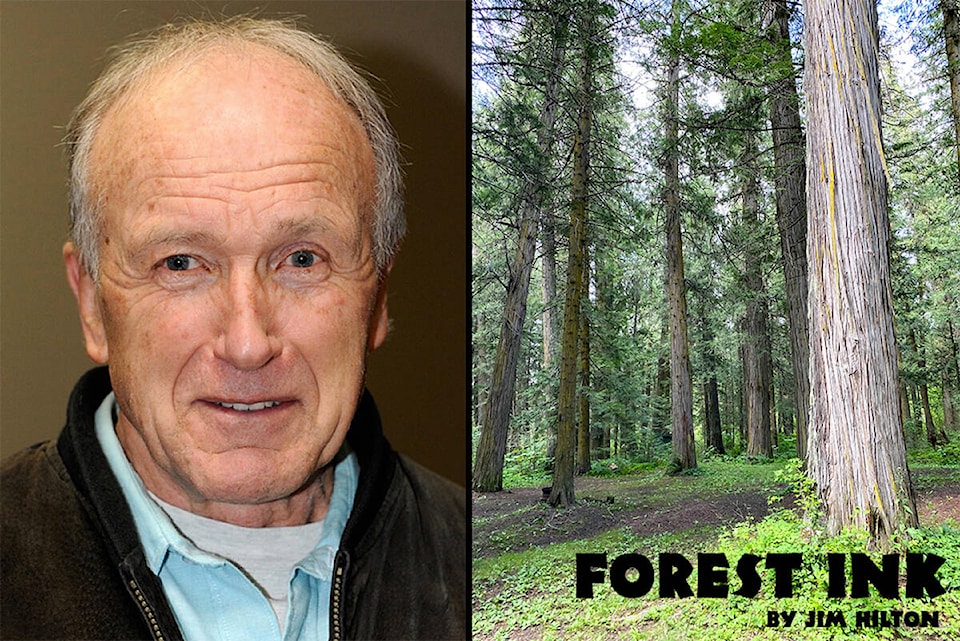Growing up on a farm in Southern Alberta the gopher (Richardson’s Ground Squirrel) was often viewed as an adversary, especially when a badger decided to dig one up for lunch. Early pioneers considered these large holes a potential hazard to their domestic animals, and for us, if there was a gopher colony next to a newly planted field they could cause considerable damage until the crop was established.
Fast forward and as we study many plants and animals we seem to find out they have many hidden benefits that should be taken into account in terms of the big picture. A recent CBC radio story about a pocket gopher in Florida is another good example.
A University of Florida biology professor and undergraduate student have discovered that southeastern pocket gophers tend to fields of subterranean roots they harvest for food which makes them possibly the only mammal — other than humans — known to farm for a living.
“They’re providing this perfect environment for roots to grow and fertilizing them with their waste,” said Veronica Selden, who recently graduated from Florida with a degree in zoology and is the first author of the new paper.
The gophers’ daily harvest of their root crops accounts for an average of 20 per cent and as much as 60 per cent of their energy needs, which helps make up for the energy cost of burrowing in dense soil. They discovered that digging a tunnel costs far too much energy to be made up by the roots gophers eat while excavating. But, by harvesting the roots that grow into already-dug tunnels over time, the gophers can gain enough energy to keep digging tunnels in search of more food.
Read More: FOREST INK: Making forest policy changes can be painfully slow
Read More: FOREST INK: Pros and cons of fungi
These pocket gophers spend nearly their entire lives below ground in sprawling tunnels up to 500 feet long. Although often thought of as pests, they eat only roots and rarely damage crops, and I assume their strong tunnels may improve drainage in some cases rather than undermine the ground.
My interpretation is that over thousands of years the gophers use of the roots has more benefits to the plants than it has detriments, so they have learned to coexist. It is just another example of the biodiversity of many underground systems that have a wide variety of organisms like worms, ants, moles and gophers that break up the soil and incorporate plant and animal matter to improve the soil texture and organic matter.
The Clark’s Nutcracker, a member of the jay family, is considered important for spreading pine seeds in alpine areas and the red squirrel no doubt has an influence in spreading fir seed as they gather and store the cones for their winter food supply.
Although no other mammals are known to farm, other animals definitely do. Fungus-farming ants are perhaps the most famous. They sow and tend to fields of fungus and protect them from disease with antibiotics — much like how human farmers wield herbicides against weeds.
Unlike these ants, pocket gophers neither sow nor weed their crops. Indeed, while the gophers clearly harvest their crops of roots to survive and take steps to defend and promote their crops, the new study reveals that the definition of “farming” is far from clear.
Jim Hilton is a professional agrologist and forester who has lived and worked in the Cariboo Chilcotin for the past 40 years. Now retired, Hilton still volunteers his skills with local community forest organizations.
Do you have something to add to this story, or something else we should report on? Email: rebecca.dyok@quesnelobserver.com
Like us on Facebook and follow us on Twitter.
